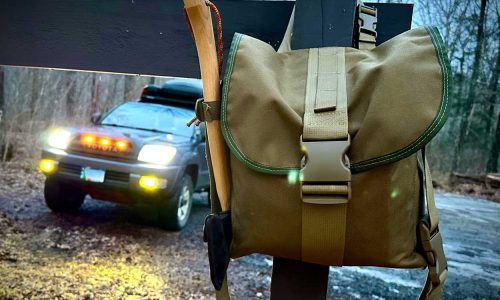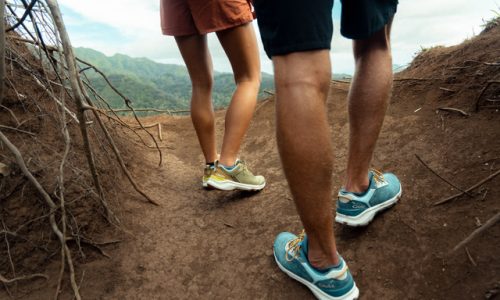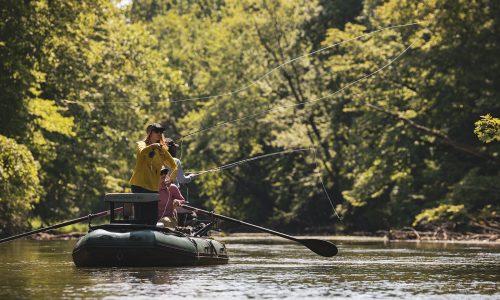Gear Institute is a network of the best outdoor gear testers in America, dedicated to providing you—the gear buyer—with the most credible, objective, and helpful reviews and buying advice you can find on the web. Guides, veteran product testers, and top-level outdoor athletes put each product through extensive field testing against comparable products to provide you with clear, trustworthy, consumer-friendly comparisons of high-performance outdoor gear.
Our Team
We rely on a network of more than 50 independent testers who specialize in the subcategory of gear they are testing. We have professional mountain guides testing backpacks. Specialty running shop employees testing running shoes. Veteran bike journalists testing bikes. We take credibility seriously and have high standards for who we call an “expert.” To learn more about the people behind Gear Institute, check out our team bios.
We use independent testers because we do not want them to be influenced in any way by the advertising that supports our work. This is fundamental to what we do. We maintain a strict editorial wall between advertising and editorial considerations. No advertiser will ever be given special treatment or included in a test. Ever.
Our Criteria
Each independent expert develops the criteria for each product test. We start by developing a list of 5-6 objective criteria that we believe every gear buyer will be looking for when picking between comparable products. We pick these “mini ratings” carefully so that we don’t institutionally favor one type of product over another. For example, we may counterbalance the “speed” rating for a shoe with “comfort”, since the two are almost always opposed. The running shoe that has the highest ratings for both speed and comfort will be, objectively speaking, the better shoe.
How We Choose Products
Testers have complete license to choose the products they believe are most relevant in their categories. They are encouraged to select a wide variety of brands and to avoid any brand biases. Most of our products are pre-season samples provided by brands. This allows us to begin testing next season’s products before they hit the market, so we have buying advice ready as soon as the products hit retailers.
Head to Head Testing — Always
We don’t believe it is fair to test all gear against every other product in a given category. Testing a 2-person backpacking tent against a 4-season mountaineering tent is useless. That’s why we’ve split our products into subcategories that gear shoppers can actually use. This is expensive, time consuming, and it often increases our work by three- or four-fold, but it is the only way we can assure fair, useful comparisons between products.
Real World Testing That’s Fair
Our experts test gear thoroughly, in the field, in real world conditions. Many of the tests last for months. Others can be done in a matter of weeks. We disclose our test process, and open our methodology to criticism. Where we can, such as with running shoes and skis, we utilize multiple wear testers—our spring 2018 running shoe test is incorporating the feedback of 32 wear testers, each counterbalancing each other’s preferences, running styles and perspectives. We equalize variables as much as possible. In our ski test, we ski the same run repeatedly with different skis. For backpacks, we load the same gear into different backpacks to see how it fits. Where possible, we test products directly against each other—swapping backpacks between testers during a hike, or hiking with two different boots. Yes, it looks silly. But it works.
Objective Ratings
When the tests are done, we tally the scores for each of our “mini ratings.” We believe the product that has the highest overall across these mini ratings will deliver the highest overall performance of the products in its class. That is the product that wins our “Best in Class” award.
We acknowledge one fiction—there is rarely a true “best.” We live the same world of oversimplified headlines as everyone else. The truth is the best product is the one that fits your personal needs at the right price for you. We can guide you to the product that ranks the highest in objective criteria, which will satisfy the widest group of users, and we can warn you against products that fall short of claims or that disappointed our testers. But ultimately, our goal is to help you find the right product that is best for your individual needs.
What don’t we test? We don’t rate style or looks. That’s too subjective, and you’re the best judge of what you like—not us. We also no longer rate “value.” Value is subjective, relative to each user and their budget, and is ultimately—literally speaking—a value judgment involving the kind of subjectivity we aim to avoid. One user’s premium performance is another user’s waste of cash. That’s why we only test performance. Pure and simple. You can determine if the price is right for your budget.
What is the Gear Institute Rating?
The Gear Institute Rating is a clear and simple way for consumers to directly compare the performance of outdoor gear products.
The rating is a numerical score that evaluates a product’s overall performance based upon selected objective criteria, allowing consumers to directly compare the performance and durability of similar outdoor gear products at a glance.
We first decide on the five or six criteria we believe almost all consumers are going to be looking for in a product in any given category. These are the smaller numerical ratings you’ll see in every Gear Institute product review.
After a thorough field test of all the products in a given category, our test director will assign each product a 1-10 rating for each of these five or six criteria. A “5” is considered average.
We then add up all the ratings and add a base score of either 40 (if there are 6 criteria) or 50 (if there are 5 criteria). That final number is the Gear Institute Rating.













